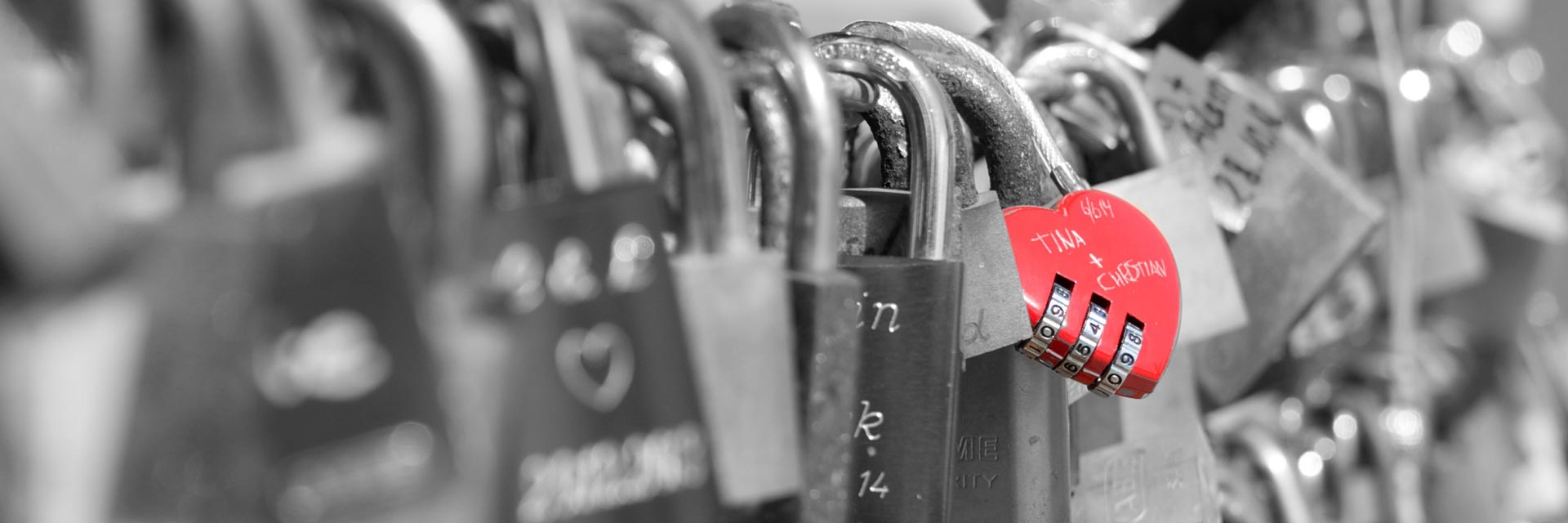At some point at the end of the last millennium, resourceful manufacturers came up with the glorious idea of splitting the CD player into several devices.
What works well in amplification with a preamplifier and power amplifier should also have advantages in the digital world: After all, it is obvious to everyone that the more specialized a task is, the better it is performed. Incidentally, in this way it was possible to sell the customer several components instead of just one, which suggests that the marketing departments also had a vetted interest in such developments. High-enders welcomed the devices with open arms, as they had discovered a new playground for themselves. All that glitters is not gold, however: technically speaking, the separation of the drive and converter causes more problems than it solves, so that some developers shook their heads and refused to follow the trend.
The others used the S/PDIF interface to link data and clock in a common protocol. The head-shakers couldn’t stop shaking their heads, because despite better alternatives (such as BNC), the technically unsuitable RCA connection was generally used. After all, there were already plenty of RCA cables in circulation, so buyers could get started straight away – only to discover that although the whole thing worked somehow, sound quality didn’t necessarily improve. This was followed by the realization that better digital cables were needed to connect the components. Thus we have opened up several new construction sites that needed to be addressed with appropriate new products. That’s creative engineering for you…
All was well with the world, but unfortunately the pairing of any drive with any converter sometimes yielded less-than-ideal results. The cause was discovered to be jitter, that mystical phenomenon that makes it difficult for the digital-to-analog converter to interpret a transmitted analog signal as a digital zero or one at the right time. Perhaps the digital signal emitted by the drive could be improved to make the converter’s job easier? That was the birth of the “jitter killer”. And yet another new component that could be used to tweak the sound of your home system.
Better or just different – in this case, too, that was the decisive question in our hobby, which was not so easy to answer. Depending on the character of the jitter, a higher jitter value can also be perceived as an improvement by the listener. For example, if it adds a little warmth to loudspeakers that sound too sharp. However, there was a danger that the new little helper would only assist the high-ender in maneuvering himself into a sonic dead that’s not easy to back out of. Some of my fellow sufferers had fallen into this trap back then. One of the most widespread jitter killers of the time, which received rave reviews in almost all gazettes, failed miserably in a test in an English magazine. Rather than just listening, they had also taken measurements – and it turned out that the device increased the jitter sevenfold instead of eliminating it.
All that glitters is not gold just because someone says it is. We are well advised to critically scrutinize our gear from time to time.


